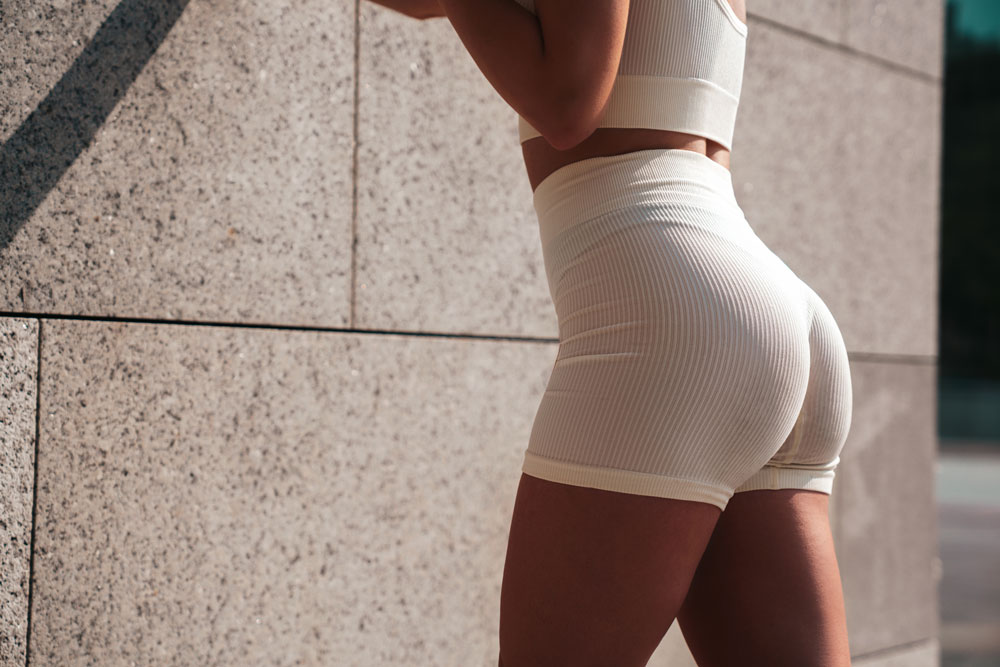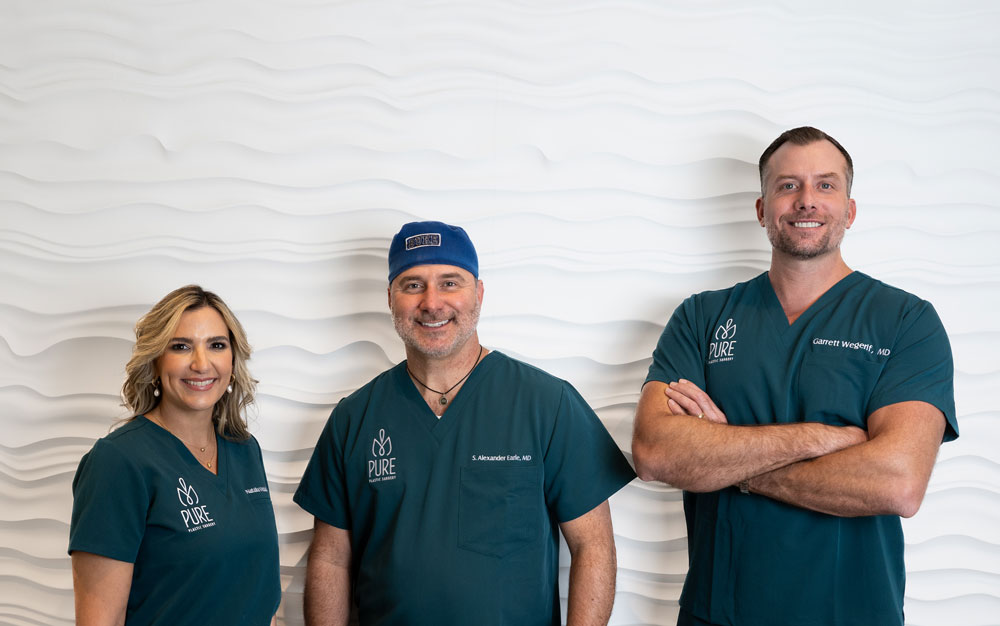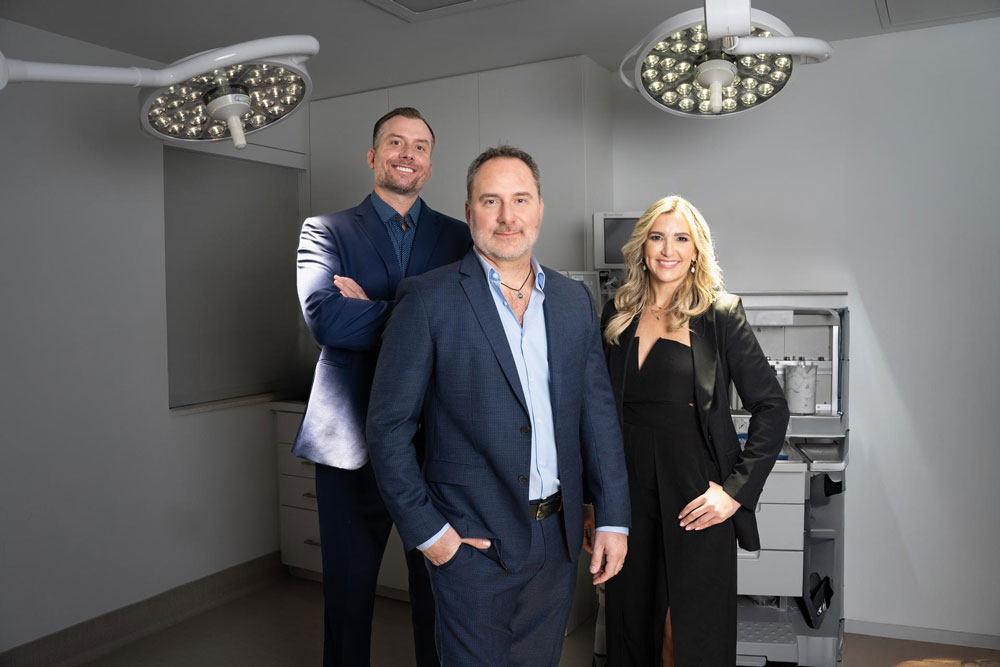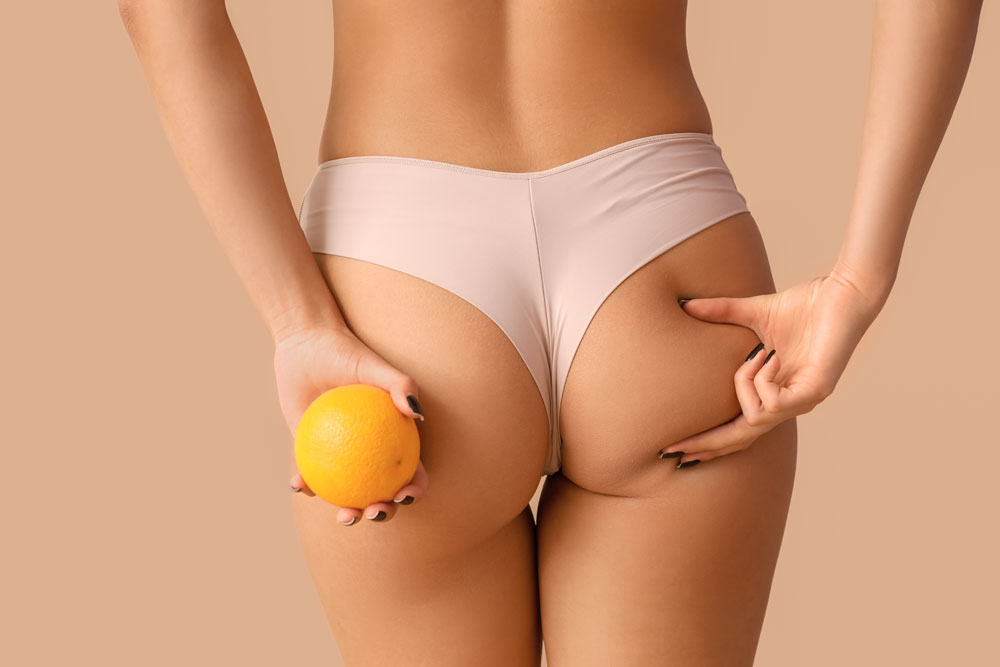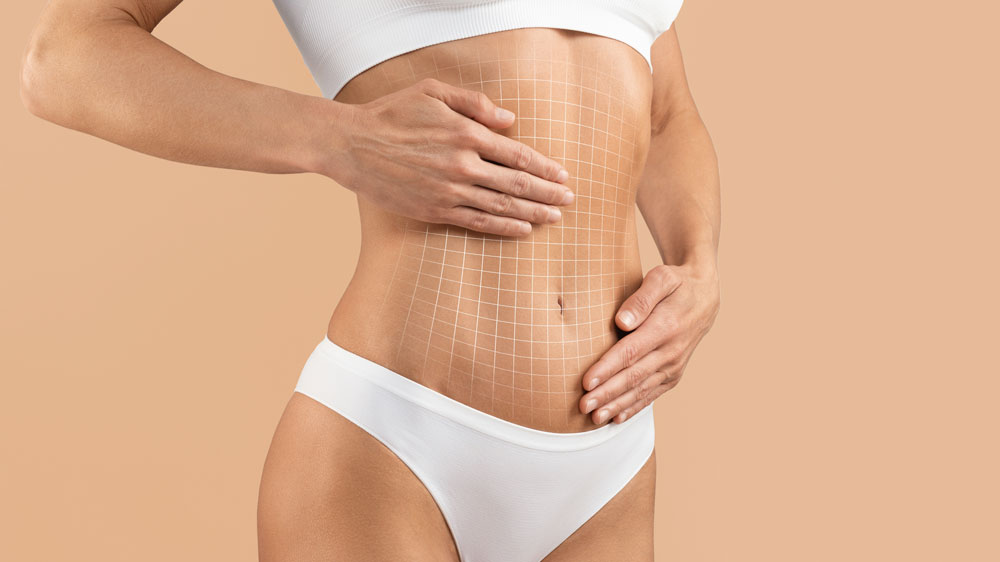What You Need to Know About Sun Exposure After Surgery

When you're recovering from surgery, your skin is more vulnerable than usual, which means protecting it from the sun becomes more important than ever. While we all love a little sunshine to boost our mood and get that much-needed vitamin D, too much of it can do more harm than good — especially to healing incisions.
No matter what type of procedure you’ve had, minimizing sun exposure is essential for a smooth recovery and less noticeable scarring. Let’s dive into what you need to know about keeping your skin protected from the sun after surgery.
What Makes Sun Exposure So Harmful?
Life revolves around the sun, and some exposure is beneficial. Sunlight boosts the production of serotonin in the brain, the happiness hormone, and helps the body synthesize vitamin D, which is essential for strong bones, immune health and overall wellness.
However, too much of a good thing can be harmful. Excessive sun exposure not only damages the skin but also increases the risk of developing certain cancers, like melanoma. And for those recovering from surgery, UV rays can complicate the recovery process — here’s how:
- Redness, swelling and irritation: After surgery, your skin is more sensitive; too much sun can trigger redness, swelling and irritation around the incision sites.
- Increased inflammation: Sun exposure can also increase inflammation after surgery, making it harder for your body to heal properly.
- Risk of infection: In severe cases, a sunburn can damage delicate tissues, worsen post-op swelling and increase the risk of infection.
- Cellular damage: UV rays cause damage to the skin on a cellular level. With repeated exposure, this can lead to premature aging and negatively affect your long-term results.
- Permanent darkening of scars: Fresh scars and pink, healing tissues are particularly vulnerable to sun damage. UV exposure can cause pigmentation issues and a permanent darkening of surgical scars, making them more noticeable.
The sun also breaks down collagen, so your incision lines may heal less smoothly if exposed to UV rays too early in the recovery process — leaving them raised and more prominent than they otherwise would be. To minimize visible scarring and ensure the best possible long-term outcome from your procedure, shield your skin from the sun and take protective measures.
Which Procedures Are Most Affected by Sun Exposure?
Some surgeries involve larger incisions, leaving more of the skin vulnerable to sun damage during the recovery process. While limiting sun exposure should always be a priority for maintaining the health of your skin, you should be extra cautious after the following procedures.
Mommy & Miami Makeovers
Mommy and Miami makeovers are a combination of several different procedures, such as a tummy tuck, breast augmentation and liposuction. With more incisions in multiple areas of the body, there’s greater potential for UV damage during recovery. Protecting your skin with clothing, sunscreen and limited exposure will help minimize scar visibility and optimize healing.
Tummy Tucks
A tummy tuck involves incisions along the lower abdomen. While this area is usually concealed by swimsuits or undergarments, be mindful as it heals, especially if you’re planning a day at the beach. Avoid the temptation to tan or bare your midriff until you’ve fully recovered.
Arm Lifts
An arm lift tightens and reshapes the upper arms, so you might be tempted to show them off right after your surgery. However, if left unprotected, the incision lines along the inner arm can darken and become more noticeable. Since the arms are frequently exposed during warmer weather, it's important to wear long sleeves and apply sunscreen while your skin heals.
Face & Neck Lifts
The face and neck are highly exposed areas and fresh incisions are more susceptible to sun damage. To minimize the risk of hyperpigmentation and darkened scars, wear a hat and use a high-SPF sunscreen following your face and neck lift.Continuing with these practices even after your recovery will help you maintain your results and prevent the signs of premature aging.
Eyelid Surgery
Just like the face and neck, the eyelids are a highly exposed area of the body. And the skin around the eyes is thin and delicate, making it even more susceptible to sun damage. While incisions are typically placed in hidden areas, such as within the crease of the upper or lower eyelid, it’s still recommended to wear hats and sunscreens after your eyelid surgery.
Male Breast Reduction
For men who undergo male breast reduction surgery, sun exposure poses a risk to healing skin, especially since going shirtless is common during the summer months. Incision sites on the chest can darken and become more visible if exposed to UV rays, so it's important to stay covered or use a broad-spectrum sunscreen to protect your results.
Protecting Your Skin After Surgery
Use Sunscreen
It goes without saying, but we’ll say it anyway: sunscreen is extremely important, especially after plastic surgery. Sunscreen works by absorbing or reflecting UV light, keeping your skin protected from damage. Use an SPF 30 or higher sunscreen and reapply often, especially if you’ll be spending time outdoors — even if it’s cloudy and you don’t think you’ll need it.
At PURE, we carry a variety of high-quality products with SPF from skinbetter, the fastest-growing professional skincare brand in the United States. Some of the products we offer include sunbetter TONE SMART SPF 74 sunscreen lotion, sunbetter TONE SMART SPF 68 sunscreen compact and sunbetter SHEER SPF 56 sunscreen stick. We also carry silicone scar gel with SPF. These products are available in office, or you can call to place an order!
We also recommend paying attention to the UV index, which is a scale that tells you how intense the sun’s rays are expected to be. Check the UV index online or using your preferred weather app. UV radiation from the sun peaks at midday and is stronger in areas closer to the equator, such as Florida. Sand and water can also reflect sunlight, adding to your exposure.
Wear a Hat
Hats provide extra protection against the sun’s UV rays. The larger, the better, as every inch of brim gives you more coverage. Hats are especially helpful if you’ve recently undergone a facial procedure and aren’t able to apply products to your skin yet. To get the most out of your stylish hat, look for one made from tightly woven yet breathable fabrics that effectively block the sun’s rays, such as straw, nylon or cotton, with a brim wide enough to shield both your face and neck.
Keep the Incision Sites Covered
In addition to slathering on the sunscreen and wearing a hat outdoors, you should also be keeping your incision sites covered while they heal. Exposing fresh scars to sunlight can darken them permanently, making them more noticeable. One of the best ways to protect your skin is by wearing clothing with a high ultraviolet protection factor (UPF). Unlike other types of clothing, UPF fabrics block the sun’s rays more effectively. Opt for UPF-rated long sleeves and pants.
Protect Your Results with Expert Care
Your recovery is just as important as the procedure itself. At PURE Plastic Surgery, we provide comprehensive post-op guidance to help you protect your skin and achieve beautiful, long-lasting results. Whether you have questions about sun exposure or need personalized advice, our team is here to support you — call our Miami office at 305-230-4326 to learn more or book a consultation today. You can also start your journey by clicking here!
Further
Reading
Media
PURE Plastic Surgery and our incredible team of surgeons have been recognized in magazines and news publications all around the world.







Join our 500,000+ Followers
Loyalty Membership
Rewards Program









